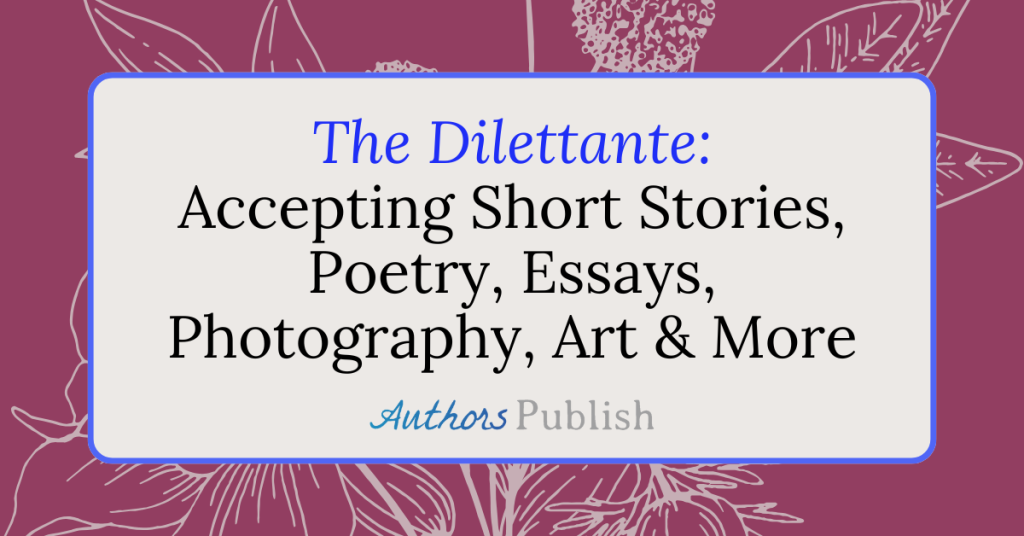By Abdulraheem Jameel Ango
Writing that comes to life engages the hearts and minds of readers. Giving your writing life is one way to register it as a relatable, even unforgettable, piece in the minds of readers.
Here are three elements that can help bring your writing to life.
- Figures of Speech
If your writing is a meal, then figures of speech are its spice, adding flavor when used at the right time. Figurative writing helps show, rather than tell, what you’re trying to describe. It has many uses – it can brighten up a scene, help describe people evocatively, or add a little sparkle.
Here’s an example of a metaphor:
“My thoughts are stars I cannot fathom into constellation”. – The Fault in our Stars, John Green.
Here’s personification in action:
“Death meanwhile was constantly onstage or changing costume for his next engagement……” – from This Old Man, an essay by Roger Angell.
Roger Angell used personification in a remarkable, attention-grabbing way to describe death and its attributes.
Figures of speech use such effective devices as comparison and exaggeration to strike a chord in the mind of the reader, they help paint a vivid image of your writing. But using too many of them or using them at the wrong place will make your writing appear verbose and unappealing. So use them sparingly.
- Suspense
Suspense triggers curiosity and imagination. It helps readers fully invest in a story by keeping them guessing about what is coming next. Don’t give too much away immediately, instead make it unfold in a way that activates the senses.
That said, suspense can also be a double-edged sword, so it needs to be used wisely. Too much of it could make your writing incomprehensible, and too little makes it predictable. Use suspense at the right place and time to engage your readers.
- Clarity
All efforts put into bringing a piece of writing together would go to waste or won’t have the desired effect if the writing can’t be quickly and easily grasped. A piece may be spectacularly written, but a reader needs to fully understand it before he can admire it.
Good writing needs clarity, in the sense that you need to present it in a way that the readers easily grasp what’s happening, what’s the plot, what’s the theme, and which scene leads to which. It needs to unfold in a clear, vivid way that can easily be understood. Your readers’ time and attention are valuable, so it helps to take them from one stage to another intuitively, effortlessly, with all difficulties moved out of the way.
Final thoughts
Next time you’re putting together a piece of writing, consider using the above elements to breathe life into it. Don’t just give your readers something to read, give them a piece that ignites their imagination, absorbs them, and takes them to a whole new place.
Bio: Abdulraheem Jameel Ango is a freelance writer with years of experience, who has written for a wide range clients and businesses. Find out more at: https://medium.com/@abdulwrites






